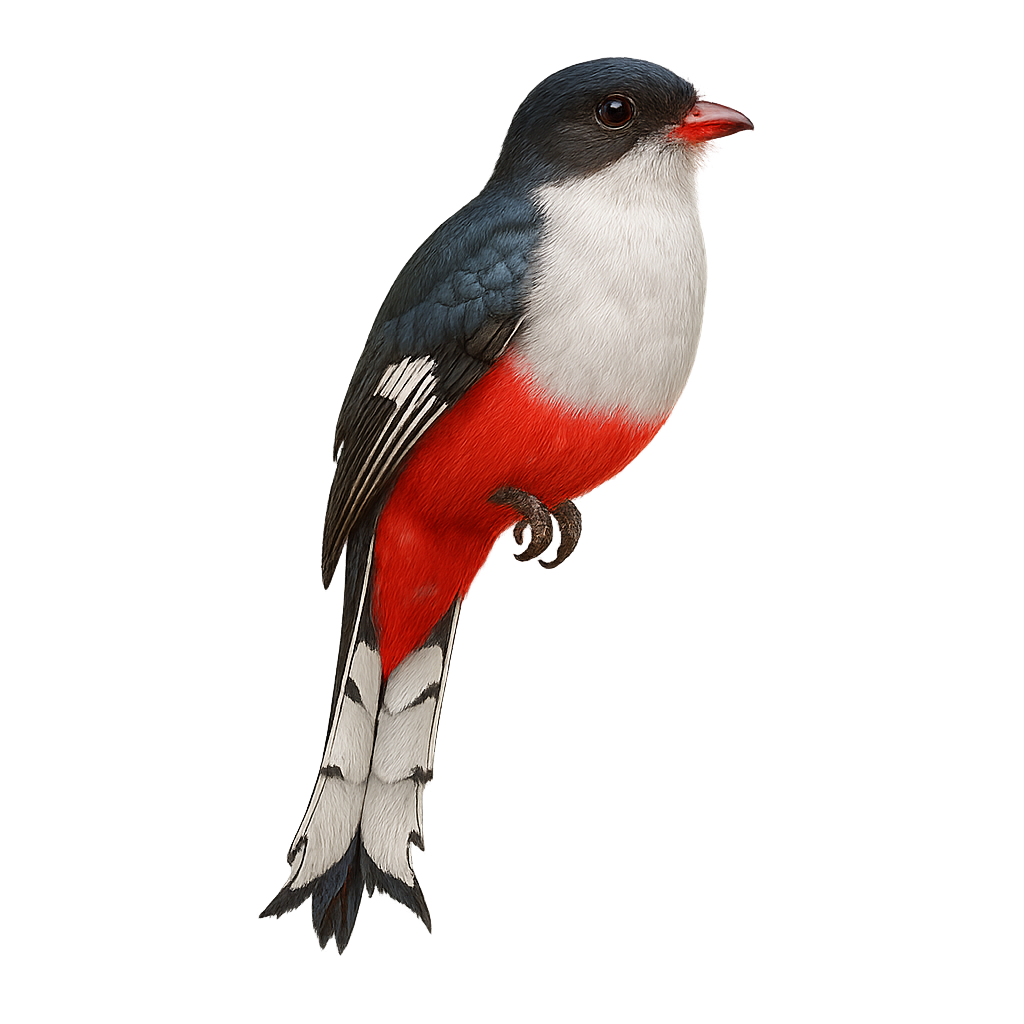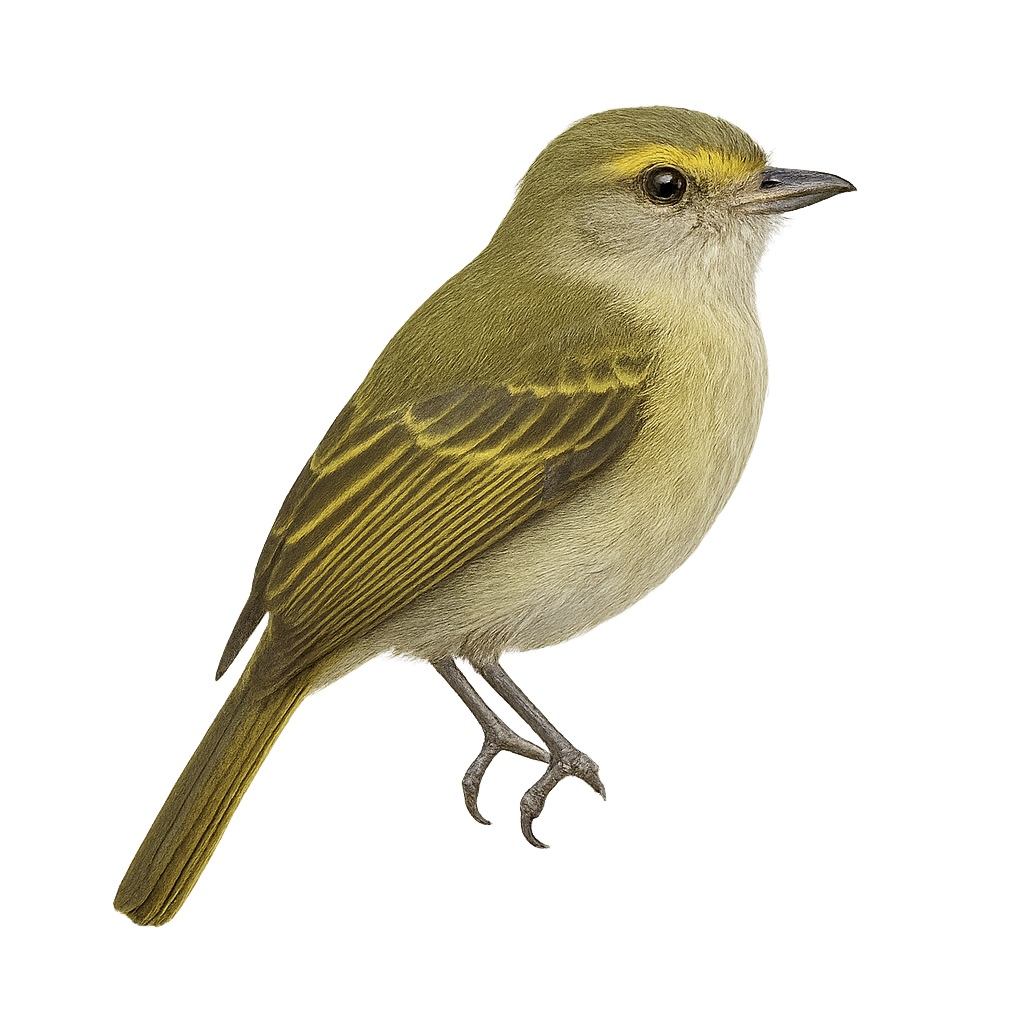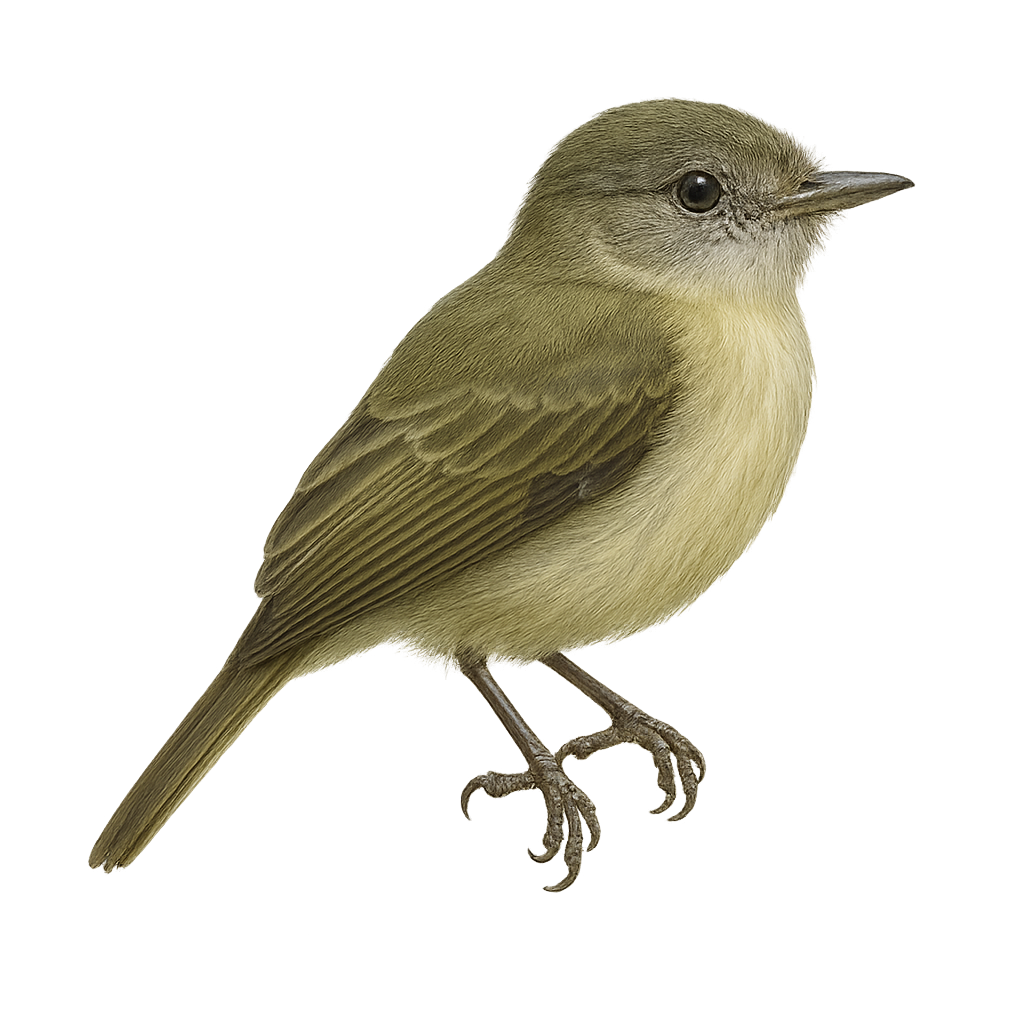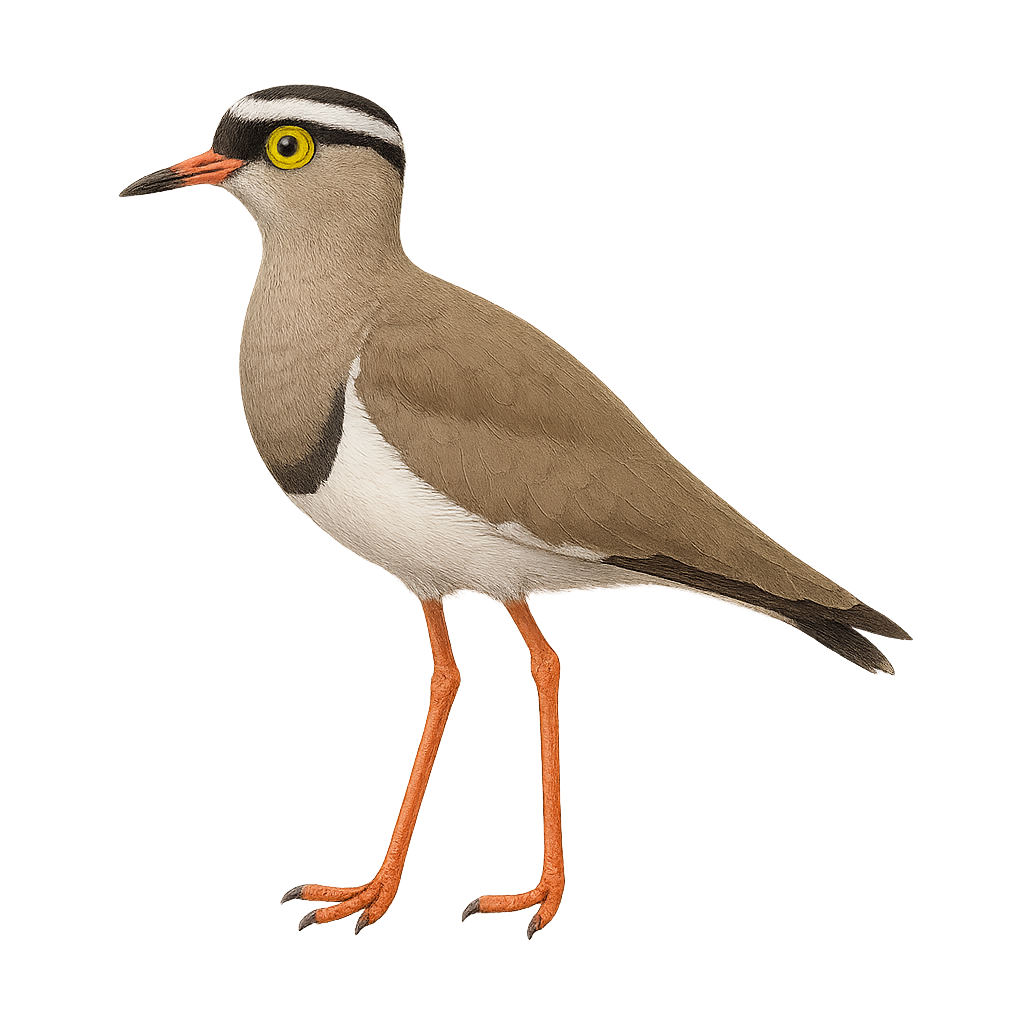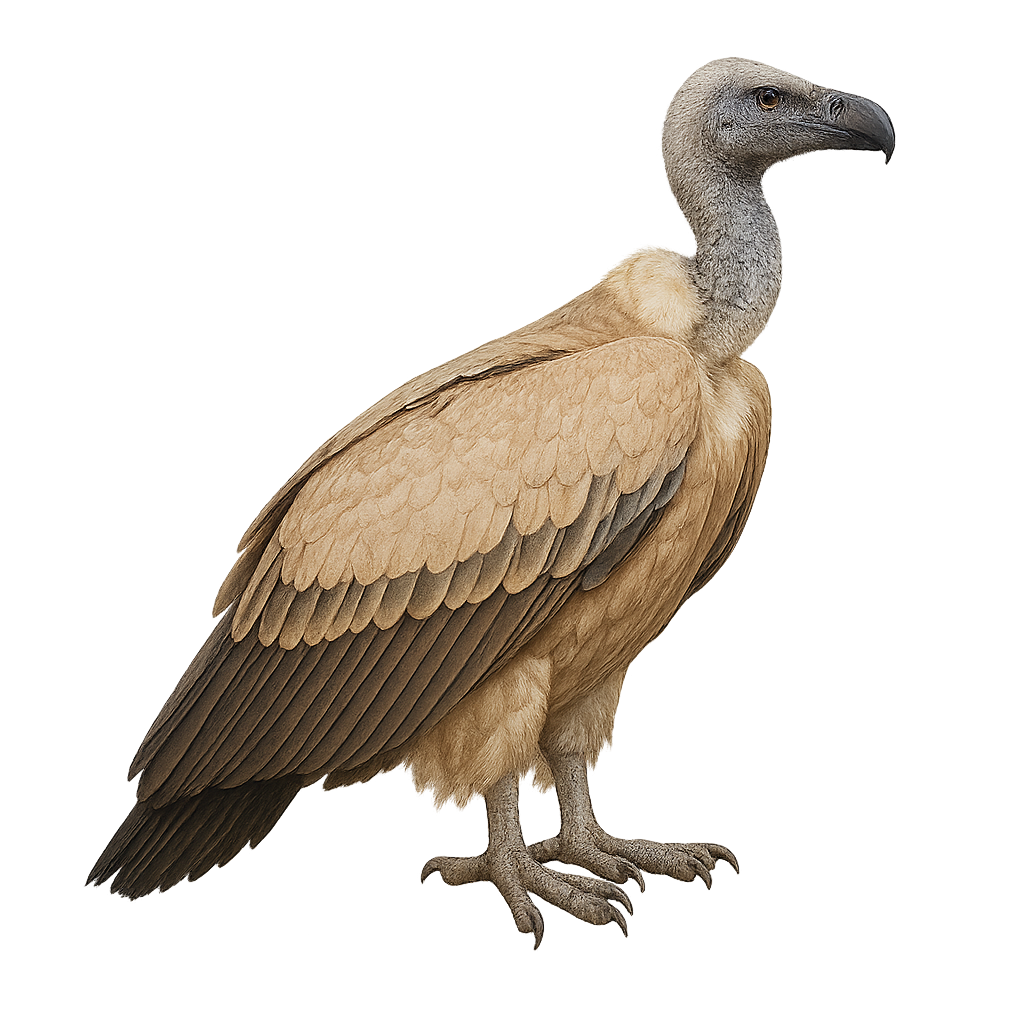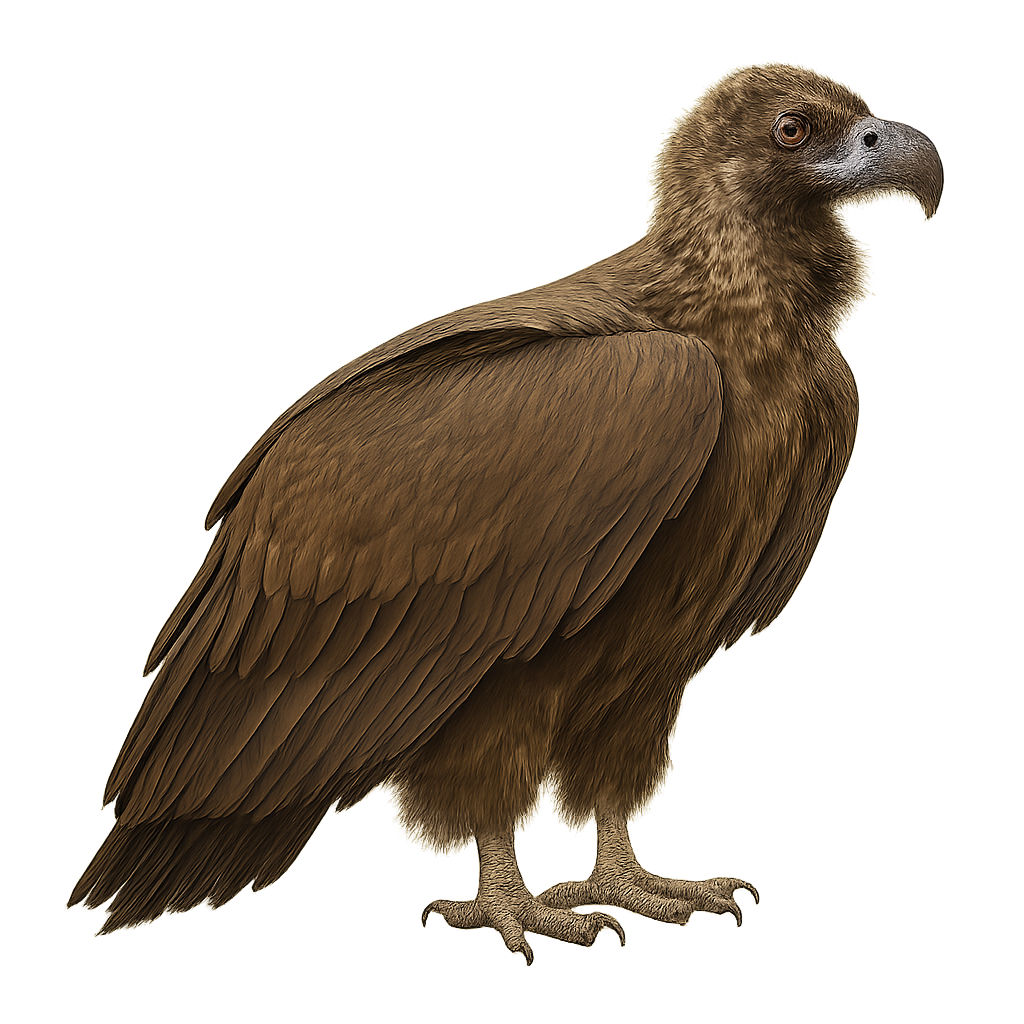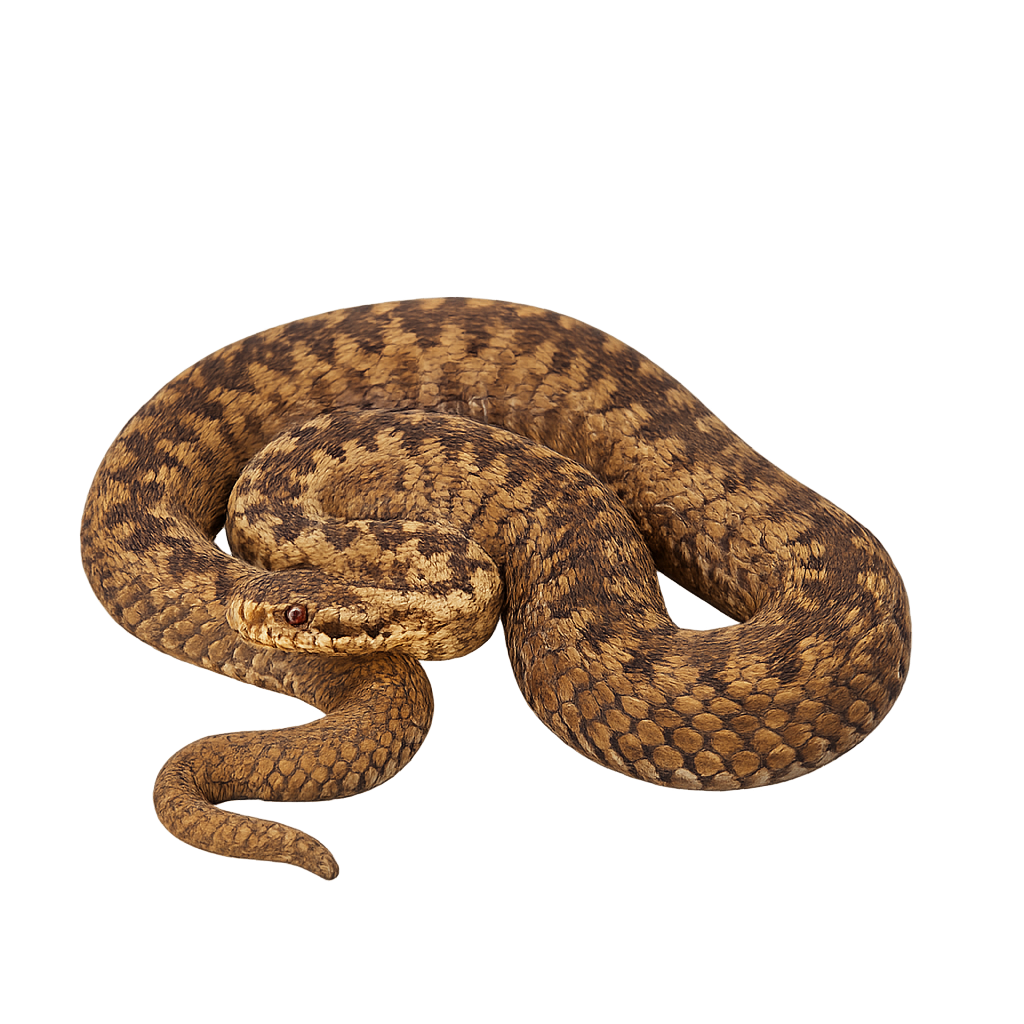Your wildlife tracking tool..
Browse 2,846species by country, track observations, and plan your photo outings.
Your global reference for wildlife photography
WildlifePhotographer gives you access to over 2,846 wildlife species sheets to help you identify, understand, and photograph wildlife around the world. Mammals, birds, reptiles… each sheet provides key information: habitat, activity, life cycle, signs of presence, and tailored photo tips.
Our database grows every week with new iconic species. To go further, access maps, reminders, logs, and personalized statistics in the app — designed to meet the real needs of wildlife photographers in the field.
Cuban Trogon
Priotelus temnurus
The Cuban Trogon, or Priotelus temnurus, is an iconic bird of Cuba. It is known for its striking plumage, featuring an iridescent green back, bright red belly, and white chest. Its tail is unique, with feathers tipped in black and white. Measuring about 25 to 28 cm in length, this bird is commonly found in the tropical and subtropical forests of the island. It primarily feeds on insects, fruits, and small reptiles. The Cuban Trogon is a sedentary bird, often seen in pairs or small groups. Its melodious and repetitive song is a familiar sound in Cuban forests.
Choco Tyrannulet
Zimmerius viridiflavus
The Choco Tyrannulet, or Zimmerius viridiflavus, is a small passerine bird belonging to the Tyrannidae family. It is primarily found in the humid forests of the lowlands and foothills of the Andes, particularly in Colombia and Ecuador. This small bird features olive-green plumage with yellowish hues on its belly, allowing it to blend into its surroundings. It is often seen in pairs or small groups, feeding on insects and fruits. Its song is a soft, repetitive trill, often heard before the bird is seen. Although its habitat is threatened by deforestation, it remains relatively common in protected areas.
Chapman's Bristle Tyrant
Pogonotriccus chapmani
The Pogonotriccus chapmani, or Chapman's Bristle Tyrant, is a small passerine bird belonging to the Tyrannidae family. It is primarily found in humid montane forests, often at altitudes between 1200 and 2500 meters. This bird is characterized by its olive-green plumage, slightly darker wings, and pale yellow belly. It is often seen in small groups or pairs, feeding on insects caught in flight or on leaves. Although discreet, its melodious and repetitive song can be heard through the canopy. Chapman's Bristle Tyrant is a wary bird, preferring dense areas where it can easily hide. Its conservation status is not concerning, but deforestation could threaten its habitat in the long term.
Crowned Lapwing
Vanellus coronatus
The crowned lapwing, or Vanellus coronatus, is an elegant and distinctive bird, easily recognizable by its black crown bordered with white on its head. It primarily inhabits the savannas and open grasslands of sub-Saharan Africa. This medium-sized bird, measuring about 30 cm in length, has a brown-grey plumage with white wings and tail, contrasting with its bright red legs. The crowned lapwing is often seen in small groups, feeding on insects and small invertebrates. Its behavior is generally tolerant towards humans, but it can become suspicious if approached too closely to its nest. It is known for its loud calls, especially when defending its territory.
Cape Vulture
Gyps coprotheres
The Cape Vulture, or Gyps coprotheres, is a large scavenging bird native to southern Africa. It is characterized by its bald head and neck, which are well-suited to its carrion-based diet. Its plumage is mostly beige with darker tones on the wings. This vulture plays a vital role in the ecosystem by disposing of carcasses, thus helping to prevent the spread of diseases. It nests in colonies on cliffs, usually laying a single egg per year. Unfortunately, this species is threatened by habitat loss, poisoning, and collisions with human structures. Conservation efforts are underway to protect and restore its populations.
Cinereous vulture
Aegypius monachus
The Monk Vulture is a large bird of prey found primarily in the mountains of Eastern Europe, Asia Minor, and Central Asia, with populations in Spain, Bulgaria, and Greece. It typically measures between 80 and 100 cm in length, with a wingspan of 2.3 to 2.8 meters, and weighs between 7 and 12 kg. Its plumage is mainly dark brown, with a bare head, distinguishing it from other vultures. The Monk Vulture is a scavenger, primarily feeding on animal carcasses, and plays a crucial ecological role in helping to remove carcasses and prevent the spread of diseases. While it is protected in many regions, it remains threatened by habitat loss, poaching, and poisoning.
Common European Adder
Vipera berus
The Common European Adder is a medium-sized venomous snake, typically measuring between 60 and 90 cm in length. It exhibits variable coloration, ranging from brown to gray, with a darker zigzag dorsal stripe. Melanistic individuals are entirely black. This species is widely distributed across Europe and Asia, from the United Kingdom to the Pacific coast of Russia, and up to the Arctic Circle. It inhabits various environments, including forests, heathlands, meadows, and wetlands. The adder is diurnal and feeds primarily on small mammals, amphibians, lizards, and birds. It is ovoviviparous, giving birth to 3 to 20 live young in late summer or early autumn. Although its venom can be dangerous, bites are rare and seldom fatal. Listed as Least Concern by the IUCN, it is protected in several European countries.
Common Wombat
Vombatus ursinus
The Common Wombat is a terrestrial marsupial found primarily in Australia, notably in temperate forests and grasslands. It typically measures between 1 and 1.2 meters in length and weighs between 20 and 35 kg. Its fur is generally thick, ranging from brown to gray, and it has a broad head and a short tail. The Common Wombat is herbivorous, feeding primarily on roots, bark, and herbaceous plants. It is nocturnal and spends most of the day in burrows that it digs itself. While its population remains relatively stable, it is sometimes threatened by habitat loss due to urbanization and changes in agriculture.


